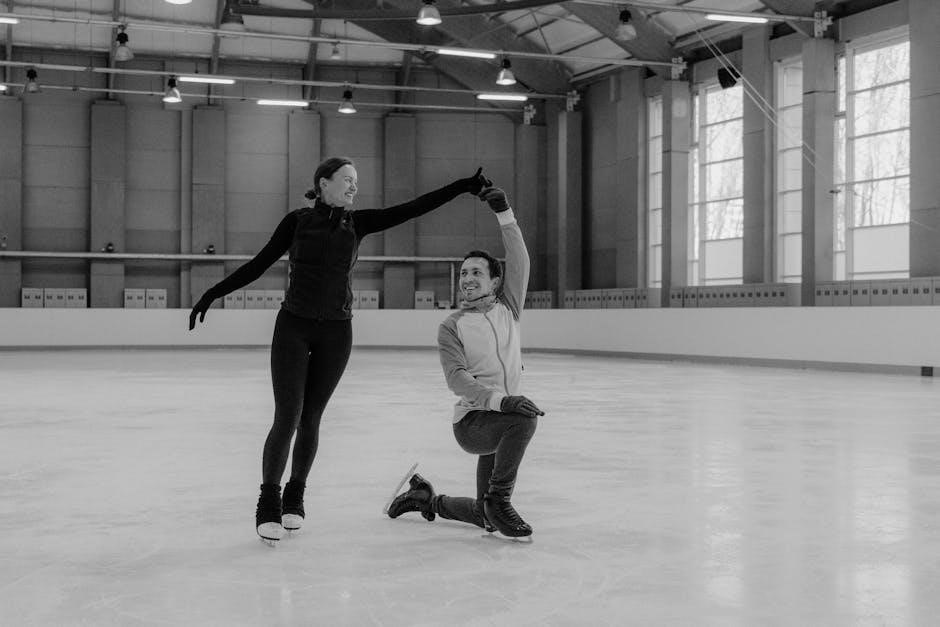Lateral Epicondylitis Exercises PDF: A Comprehensive Guide
This comprehensive guide will explore lateral epicondylitis, commonly known as tennis elbow. We delve into understanding this condition, its symptoms, and the crucial role exercises play in rehabilitation. Download our PDF for a detailed exercise program to alleviate pain and promote healing.
Lateral epicondylitis, frequently called tennis elbow, is a common condition causing pain in the elbow. Despite its name, it doesn’t exclusively affect tennis players; it can impact anyone who performs repetitive wrist and arm motions. This condition arises from overuse and strain of the muscles and tendons surrounding the elbow joint, specifically where the tendons of the forearm muscles attach to the lateral epicondyle, the bony bump on the outside of your elbow.
Understanding lateral epicondylitis involves recognizing the activities that exacerbate the pain, such as gripping, lifting, or even simple tasks like turning a doorknob. The pain might radiate down the forearm and can significantly limit your ability to perform daily activities. While rest and avoiding aggravating activities are essential, a targeted exercise program is crucial for long-term recovery and preventing recurrence.
This guide introduces you to a comprehensive exercise approach to manage and overcome lateral epicondylitis. We will explore different types of exercises, including stretching and strengthening, that can help reduce pain, improve flexibility, and restore function to the affected area.
Understanding the Condition
Lateral epicondylitis, at its core, involves the inflammation or, more accurately, the degeneration of tendons that connect forearm muscles to the bony prominence on the outside of the elbow, known as the lateral epicondyle. These tendons are primarily responsible for extending the wrist and fingers. Repetitive movements or forceful contractions can lead to micro-tears within these tendons, resulting in pain and reduced functionality.
It’s essential to differentiate lateral epicondylitis from other elbow conditions, such as medial epicondylitis (golfer’s elbow), which affects the tendons on the inside of the elbow. Accurate diagnosis is crucial for implementing the correct treatment strategy. Factors contributing to lateral epicondylitis include improper technique during sports or work activities, inadequate warm-up, and overuse. Identifying and addressing these factors is a key step in managing the condition effectively.
Furthermore, understanding the biomechanics of the elbow and forearm can help prevent future occurrences. Maintaining proper posture and using ergonomic tools can reduce the strain on the affected tendons. This guide will provide insights into these aspects, empowering you to take control of your recovery and prevent relapses.
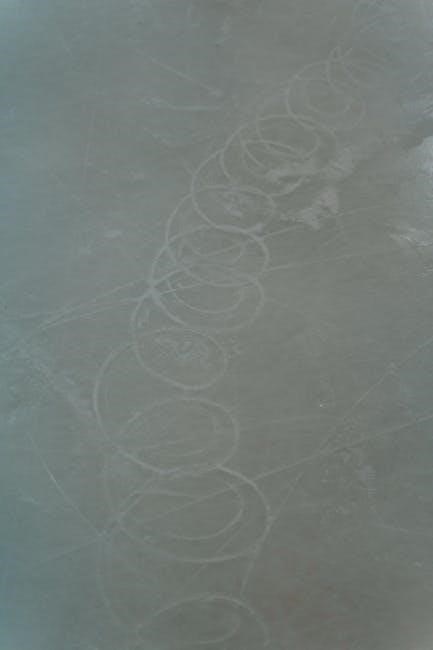
Common Symptoms of Tennis Elbow
The hallmark symptom of tennis elbow is pain on the outer side of the elbow, specifically around the lateral epicondyle. This pain may gradually worsen over weeks or months, starting as a mild ache and progressing to a sharp, burning sensation. Activities involving wrist extension, such as lifting objects, gripping, or even making a fist, typically exacerbate the pain. Tenderness to the touch over the lateral epicondyle is another common finding during physical examination.
Beyond elbow pain, individuals may experience referred pain down the forearm towards the wrist. Grip strength can be significantly reduced, making it difficult to perform everyday tasks like opening jars or turning doorknobs. In some cases, stiffness in the elbow joint may also be present, limiting the range of motion. Numbness or tingling in the fingers is less common but can occur if the radial nerve is affected.

The severity of symptoms can vary widely, from mild discomfort that only occurs with strenuous activity to constant, debilitating pain that interferes with daily life. Early recognition of these symptoms and prompt intervention are crucial to prevent the condition from becoming chronic. Ignoring the symptoms can lead to prolonged recovery times and increased risk of complications. This guide will help you understand these symptoms and take appropriate action.
The Role of Exercises in Rehabilitation
Exercises are a cornerstone of lateral epicondylitis rehabilitation, playing a pivotal role in pain reduction, tissue healing, and restoring function. A structured exercise program aims to address the underlying imbalances and weaknesses that contribute to the condition. Therapeutic exercises help improve range of motion, strengthen the affected muscles, and enhance overall elbow stability. The goal is to gradually increase the load on the tendons, promoting collagen remodeling and reducing pain.
Rehabilitation typically begins with gentle stretching exercises to improve flexibility and reduce stiffness. As pain subsides, strengthening exercises are introduced, focusing on eccentric contractions. Eccentric exercises, where the muscle lengthens under tension, have been shown to be particularly effective in treating tendinopathies. These exercises stimulate tendon healing and improve its load-bearing capacity. Progressive loading is essential to avoid re-injury and ensure optimal recovery.
In addition to targeted exercises, addressing ergonomic factors and modifying activities that exacerbate symptoms are crucial components of rehabilitation. A well-designed exercise program, combined with proper education and activity modification, can significantly improve outcomes and prevent recurrence. This guide provides a comprehensive exercise program to help you regain pain-free function and return to your desired activities. Consistency and adherence to the prescribed exercises are key to achieving successful rehabilitation.

Home Exercise Program for Lateral Epicondylitis
This section outlines a home exercise program designed to alleviate pain and promote healing for lateral epicondylitis. It includes manual stretches, eccentric exercises, and strengthening exercises, all crucial for effective rehabilitation and recovery at home.
Manual Stretches for Pain Relief

Manual stretches play a vital role in providing initial pain relief for individuals suffering from lateral epicondylitis, commonly known as tennis elbow. These stretches gently lengthen the muscles and tendons of the forearm, reducing tension around the lateral epicondyle (the bony bump on the outside of your elbow) and promoting healing.
One effective stretch involves extending your affected arm straight out in front of you, palm down. Then, using your other hand, gently bend your wrist downwards, pointing your fingers towards the floor. You should feel a stretch along the outside of your forearm. Hold this position for 15-30 seconds and repeat several times a day.
Another helpful stretch involves extending your arm with your palm facing up. Use your other hand to gently pull your fingers back towards your body. Again, hold for 15-30 seconds and repeat. Remember to listen to your body and avoid pushing the stretch beyond a comfortable point. These stretches aim to reduce pain and improve flexibility.
Eccentric Exercises: The Tyler Twist and Thera-Band FlexBar
Eccentric exercises, particularly the Tyler Twist performed using the Thera-Band FlexBar, are clinically proven to be highly effective in treating lateral epicondylitis (tennis elbow). These exercises focus on lengthening the muscle while it’s contracting, which helps to rebuild the tendon’s strength and resilience.
The Tyler Twist involves gripping the FlexBar with both hands, twisting it, and then slowly untwisting it while resisting the motion with the affected arm. This controlled eccentric contraction stimulates healing and reduces pain over time.
To perform the exercise correctly, hold the FlexBar vertically with your affected arm extended. Twist the FlexBar, and then slowly untwist it, focusing on using your forearm muscles to control the movement. Repeat this exercise several times, gradually increasing the resistance as your strength improves. The FlexBar provides a means of resistance tailored for the forearm muscles involved in tennis elbow, facilitating effective eccentric strengthening.
Importance of Eccentric Strengthening Exercises
Eccentric strengthening exercises are paramount in the rehabilitation of lateral epicondylitis, commonly known as tennis elbow. Unlike concentric exercises where the muscle shortens during contraction, eccentric exercises focus on lengthening the muscle while under tension. This type of exercise is particularly beneficial for tendon healing and strengthening.
In cases of tennis elbow, the tendons that attach forearm muscles to the elbow become damaged and weakened. Eccentric exercises help to remodel these damaged tendons by promoting collagen synthesis and improving their overall structure. This process enhances the tendon’s ability to withstand stress and reduces the risk of re-injury.
By performing eccentric exercises, individuals with tennis elbow can gradually increase the load on the affected tendons, stimulating adaptation and strengthening over time. This approach not only alleviates pain but also restores function and improves long-term outcomes. Incorporating eccentric strengthening into a comprehensive rehabilitation program is essential for addressing the underlying pathology of tennis elbow and facilitating a full recovery.
Wrist Extension Exercise
The wrist extension exercise is a cornerstone in the rehabilitation of lateral epicondylitis, commonly known as tennis elbow. This exercise specifically targets the muscles responsible for extending the wrist, which are often implicated in the development of this condition. Strengthening these muscles can help reduce pain, improve function, and prevent future occurrences.
To perform the wrist extension exercise, begin by sitting comfortably with your forearm supported on a table, palm facing down. Hold a light weight, such as a dumbbell or even a can of beans, in your hand. Slowly lift your wrist upwards, extending it against the resistance of the weight. Focus on using the muscles on the top of your forearm to perform the movement.
Once you reach the top of the movement, slowly lower your wrist back down to the starting position. Repeat this exercise for a prescribed number of repetitions, typically around 10-15, and perform several sets throughout the day. It is important to maintain proper form and avoid using momentum to lift the weight.
Bicep Curls for Strengthening
While lateral epicondylitis primarily affects the muscles on the outside of the elbow, incorporating bicep curls into your strengthening program can contribute to overall arm stability and reduce strain on the affected tendons; Strengthening the biceps helps create a balanced muscular environment around the elbow joint.
To perform bicep curls, stand with your feet shoulder-width apart, holding a dumbbell in each hand with your palms facing forward. Keep your elbows close to your body and slowly curl the weights up towards your shoulders, focusing on contracting your bicep muscles. Avoid swinging your body or using momentum to lift the weights.
At the top of the movement, squeeze your biceps and then slowly lower the weights back down to the starting position. Maintain control throughout the entire exercise. Perform a prescribed number of repetitions, usually 10-15, for multiple sets. Ensure to use a weight that challenges you without causing pain. As strength increases, gradually increase the weight.

Additional Considerations for Recovery
Beyond targeted exercises, consider physical ergonomics to prevent recurrence. Wrist splints can provide temporary relief. Seek professional help from physical therapists when pain persists. Anti-inflammatory medication may also be considered as part of your treatment plan.
Physical Ergonomics and Prevention
Physical ergonomics plays a vital role in preventing lateral epicondylitis, or tennis elbow, and aiding in recovery. It involves assessing and modifying your environment and work habits to reduce strain on your elbow. Proper posture and technique during activities can significantly decrease the risk of developing or worsening this condition.
Evaluate your workstation setup, ensuring your monitor is at eye level and your keyboard and mouse are positioned to avoid excessive reaching. When lifting objects, use proper lifting techniques, bending your knees and keeping your back straight.
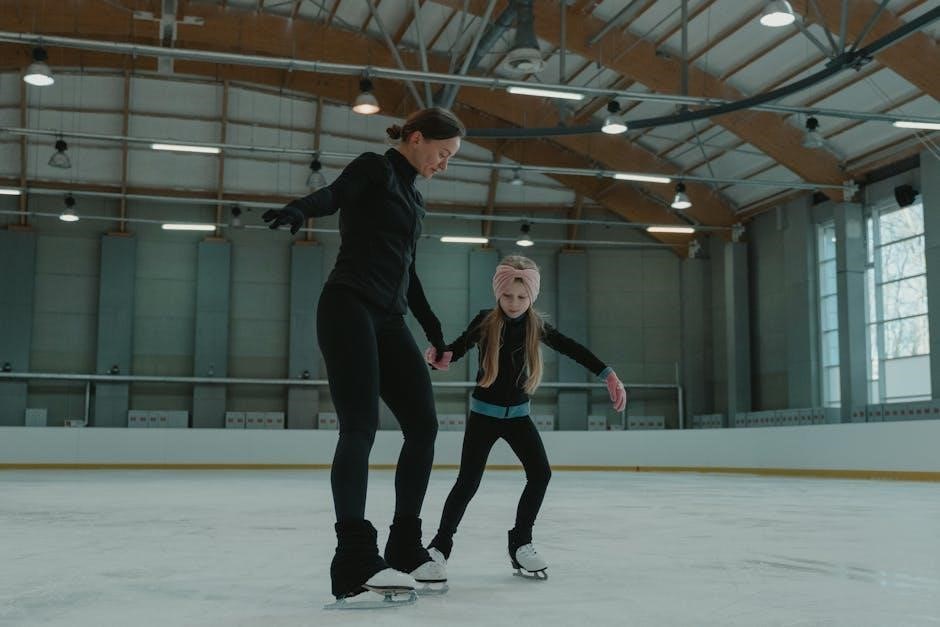
For activities involving repetitive movements, such as typing or using hand tools, take frequent breaks to stretch and rest your muscles. Vary your tasks to avoid prolonged periods of the same motion. Consider using ergonomic tools designed to reduce strain on your wrists and elbows;
Additionally, pay attention to your body mechanics during sports activities, especially those involving repetitive arm movements. Ensure proper technique and equipment to minimize stress on your elbow joint. Strengthening the muscles around your elbow can also provide support and stability, further reducing the risk of injury.
By implementing these ergonomic principles into your daily life, you can proactively prevent lateral epicondylitis and promote a faster recovery.
The Use of Wrist Splints
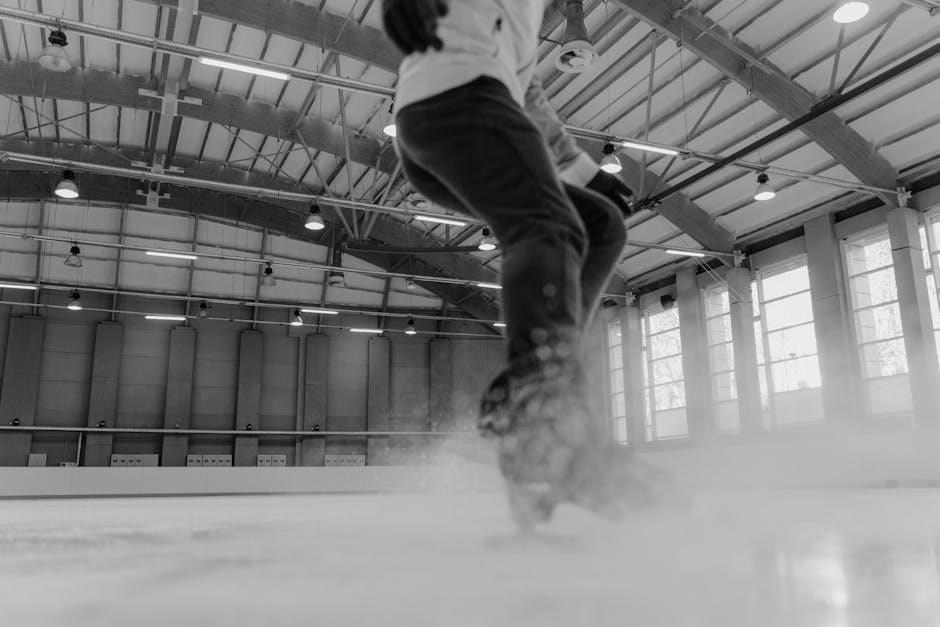
Wrist splints can be a helpful tool in managing lateral epicondylitis, commonly known as tennis elbow. They provide support and immobilization to the wrist, which in turn reduces strain on the muscles and tendons in the elbow. By limiting wrist movement, splints help alleviate pain and promote healing in the affected area.
Splints are particularly beneficial during activities that exacerbate symptoms or during periods of rest, especially at night. They maintain the wrist in a neutral or slightly extended position, which reduces tension on the extensor muscles responsible for causing lateral epicondylitis.
While wearing a splint, it’s essential to avoid relying on it excessively, as prolonged immobilization can lead to muscle weakness. Splints should be used in conjunction with other treatments, such as exercises and physical therapy, to ensure a comprehensive approach to recovery.
Consult with a healthcare professional to determine the appropriate type of wrist splint for your specific condition and to receive guidance on proper usage. They can advise on the optimal wearing schedule and ensure that the splint is fitted correctly to provide adequate support without restricting circulation or causing discomfort.
Remember, wrist splints are a supplementary aid in managing lateral epicondylitis and should be integrated into a holistic treatment plan.
When to Seek Professional Help (Physical Therapy)
While many cases of lateral epicondylitis (tennis elbow) can be managed with home exercises and conservative treatments, there are situations where seeking professional help from a physical therapist is essential. If your pain persists despite consistent adherence to a home exercise program, or if your symptoms worsen over time, it’s time to consult a professional.
Physical therapists are trained to assess the severity of your condition, identify underlying contributing factors, and develop a personalized treatment plan tailored to your specific needs. They can employ a variety of techniques, including manual therapy, stretching exercises, strengthening exercises, and pain management strategies, to help you regain full function and alleviate pain.
Furthermore, a physical therapist can educate you on proper body mechanics, ergonomic modifications, and activity modifications to prevent future recurrences of lateral epicondylitis. They can also provide guidance on gradually returning to your desired activities without exacerbating your symptoms.
If you experience any of the following, consider seeking professional help: severe pain that limits your ability to perform daily activities, persistent pain that doesn’t respond to home treatment, numbness or tingling in your arm or hand, weakness in your grip, or difficulty moving your elbow.
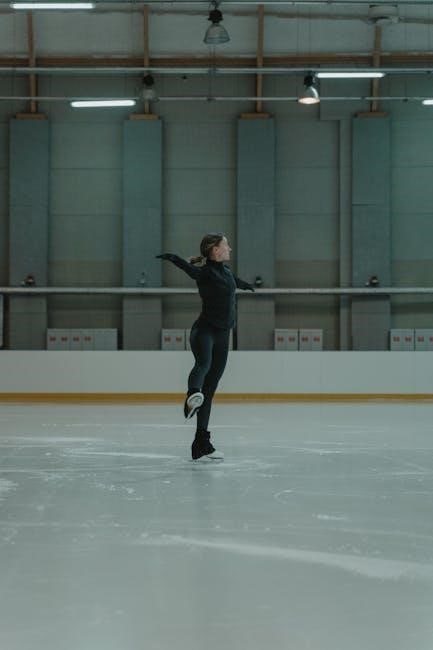
Early intervention from a physical therapist can often prevent chronic pain and long-term complications associated with lateral epicondylitis.
Other Treatment Options (Anti-Inflammatory Medication)
While exercises and physical therapy form the cornerstone of lateral epicondylitis (tennis elbow) treatment, other options, such as anti-inflammatory medication, can play a supportive role in managing pain and inflammation. These medications primarily aim to provide symptomatic relief, allowing individuals to participate more comfortably in their rehabilitation program.
Nonsteroidal anti-inflammatory drugs (NSAIDs), available over-the-counter or by prescription, are commonly used to reduce pain and inflammation associated with tennis elbow. These medications work by inhibiting the production of chemicals that contribute to inflammation. Common examples include ibuprofen and naproxen.
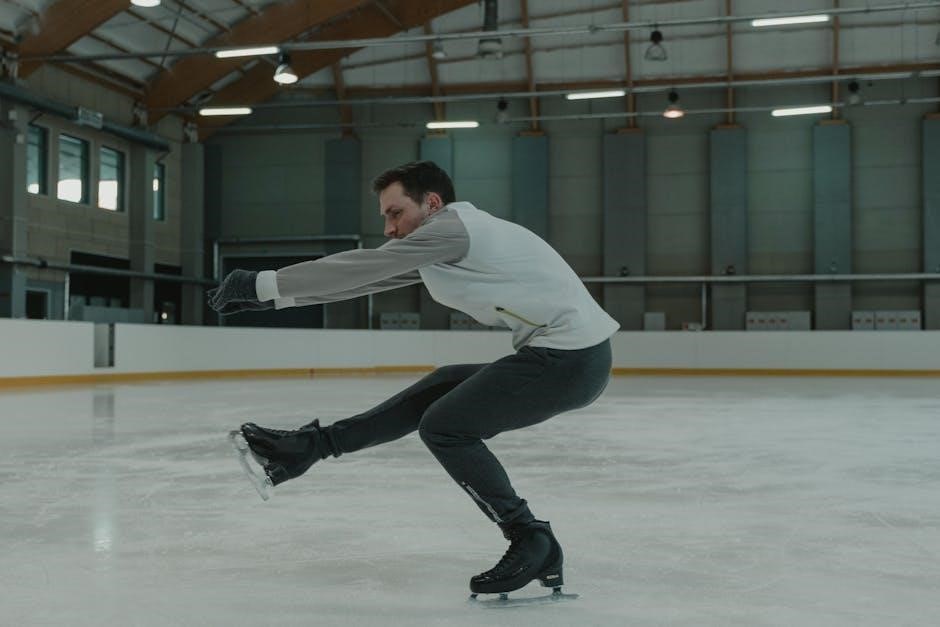
However, it’s crucial to understand that anti-inflammatory medications address the symptoms but do not cure the underlying cause of lateral epicondylitis. They should be used in conjunction with other treatments, such as exercises and activity modification, to promote long-term healing.
Furthermore, prolonged use of NSAIDs can lead to potential side effects, including gastrointestinal issues, cardiovascular problems, and kidney damage. Therefore, it’s essential to consult with a healthcare professional before starting any medication regimen, especially if you have pre-existing medical conditions or are taking other medications.
In some cases, a doctor may prescribe stronger anti-inflammatory medications or even corticosteroid injections to provide more potent pain relief. However, corticosteroid injections are typically reserved for severe cases and may have potential side effects, such as tendon weakening. Always discuss the risks and benefits of any medication with your doctor.
